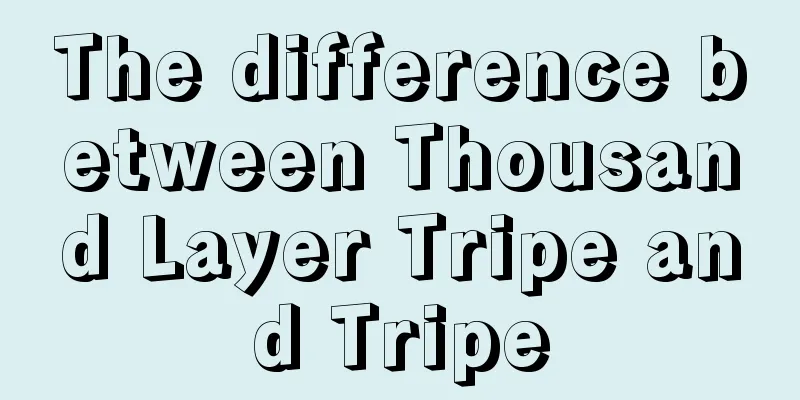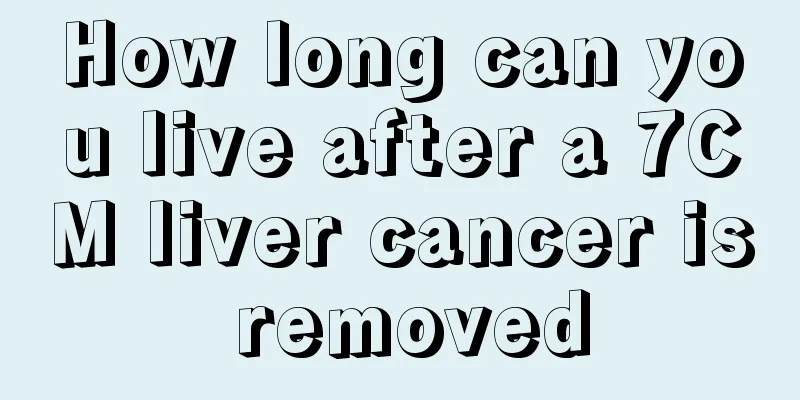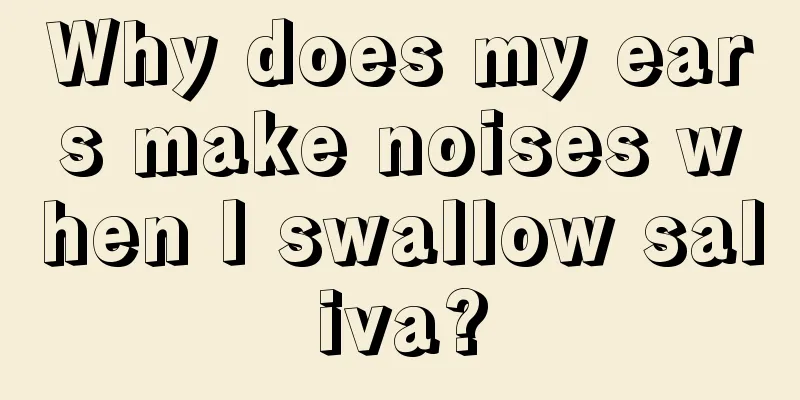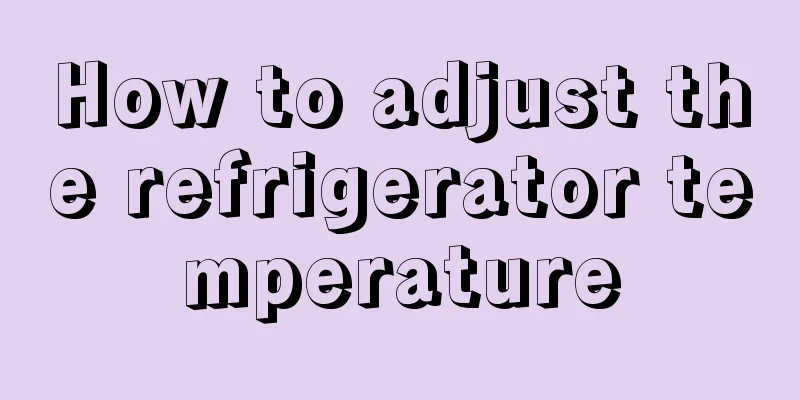The difference between Thousand Layer Tripe and Tripe

|
Many friends love to eat beef tripe. Whether it is hot pot or mixed vegetables, beef tripe is a must-eat dish. So what is the difference between Thousand Layer Tripe and Mao Tripe? Even many people who love to eat tripe can't tell the difference clearly, because the two are so similar and the taste is not much different. In fact, cows have four stomachs. The omasum refers to the tripe, and the rumen refers to the tripe. When ruminants are resting, they keep chewing with their mouths to chew the food in their stomachs again. The stomach of ruminants such as cattle and sheep is divided into four compartments. In China, these compartments are respectively called "x stomachs", so they are called four stomachs. These stomachs of different shapes and functions not only help cattle and sheep digest grass, but also provide delicious food with different tastes for people like me who love Islamic food. I don't know how much shredded tripe, fried tripe, and tripe I ate. The first part of the stomach of cattle and sheep is called the rumen. It is the largest compartment and is connected to the esophagus. There are many papillae on the rumen. These protrusions vary in shape, some are thick and some are thin, and look like the hair on a towel or a brush, so this part of the stomach is called "tripe" in hot pot restaurants. When you order "shredded tripe with hot peppers" in a restaurant, this part is what is used. Ruminants are ruminants, probably related to rumen. Connected to the rumen is the second part: the reticulum. Everyone must be familiar with the reticulum. There are hexagonal honeycomb-like wrinkles on the inner wall, which obviously looks like a fishing net. This part is called "gourd" in fried tripe and "golden money tripe" in Hong Kong (Hong Kong compatriots, can we do something that has nothing to do with money?). Rete means net in Latin, and reticulum is a diminutive of “net”, i.e. “small net”; just like cigarette is a diminutive of cigar, “wan zai” (small bowl) is a diminutive of “bowl” in Cantonese. One year, when I ordered a “wan zai” in a rice noodle shop in Hong Kong, the boss actually brought me a plate of spinach (“tong cai”). The papillary protrusions on the rumen and the honeycomb wrinkles on the reticulum are obviously intended to increase the surface area of the inner wall. Although the internal structures of these two parts are different, their functions are the same. The chewed food flows and stratifies between these two chambers. The food with more solid matter and higher density sinks to the bottom of the stomach and flows back to the esophagus during rumination, allowing cattle and sheep to chew again. This shows that the place connected to the esophagus must be in the middle and lower end of the rumen. In the rumen and reticulum, microorganisms ferment the grass mixed with saliva to break down the cellulose in the grass (cellulose is fermented to produce acetic acid, propionic acid, and butyric acid. These acids with less than 6 carbon atoms are called volatile fatty acids (VFA)). |
<<: The difference between appendicitis and appendicitis
>>: The difference between follicle discharge and atrophy
Recommend
What is barium meal radiography
Barium meal radiography is a relatively common ex...
Are birth control pills effective in removing acne?
Everyone wants to have fair and smooth skin, but ...
Elbow protrusion
Elbow protrusion is medically known as cubitus va...
How many years does it usually take for thyroid cancer to recur? Do thyroid cancer patients need regular checkups?
Cancer is a very serious disease, but if the dise...
Laboratory examination methods for testicular cancer
Testicular cancer can be well treated if it is di...
Can poor gastrointestinal function lead to constipation? How to solve it?
Some friends with poor stomachs will definitely e...
How to cure herpes quickly
Herpes is caused by the herpes virus, and there a...
Does lemon contain sugar?
Lemon is a very familiar fruit to people. This fr...
My hands are itchy and small bubbles appear when I scratch them. What's going on?
Hands are parts of the body that often come into ...
Early symptoms of endometrial cancer
Endometrial cancer is a group of epithelial malig...
There is a burning pain in the esophagus
The esophagus is an important passage connecting ...
What are the causes of osteosarcoma
What are the causes of osteosarcoma? There are ce...
What are the symptoms of blood disease
There are many characteristics of blood diseases,...
Solutions to four types of arrhythmia
If you are older, you must go to the hospital for...
How to wash mulberries
When mulberries are ripe, their color will turn i...









